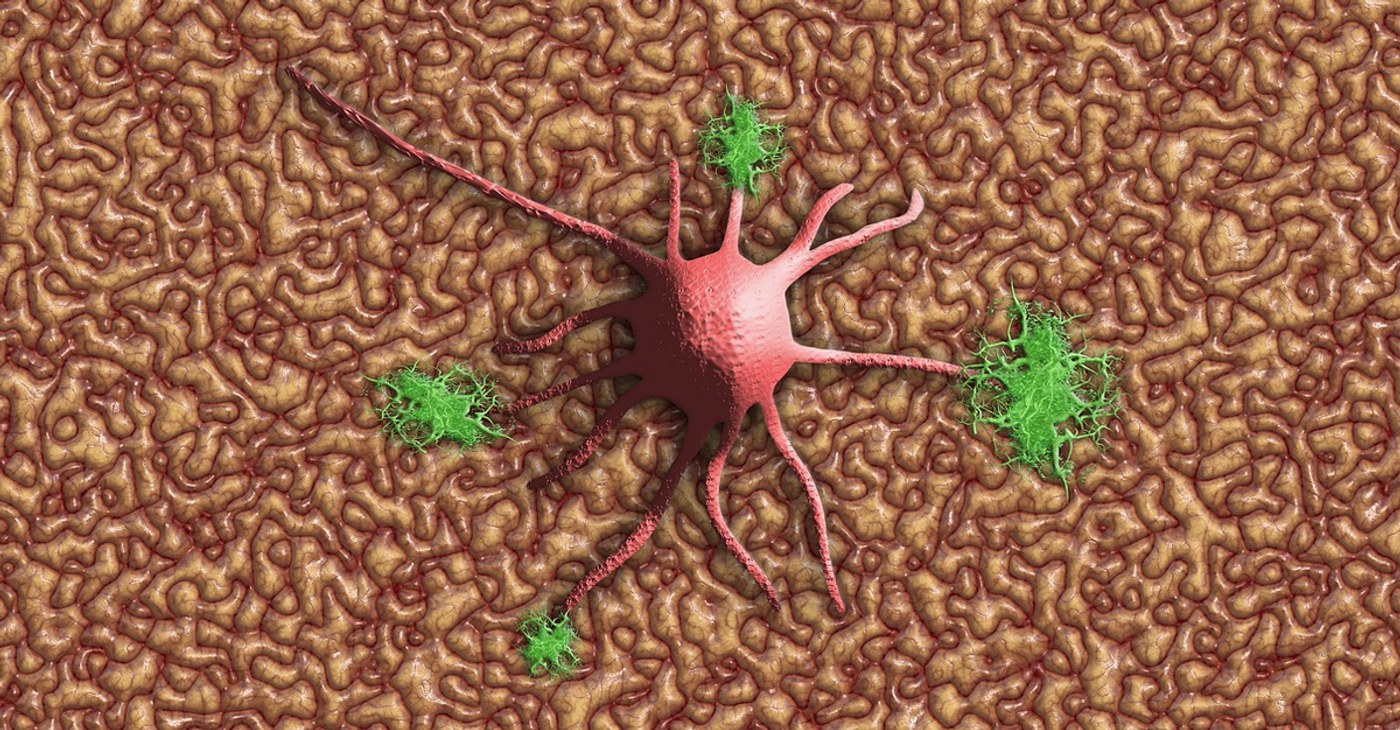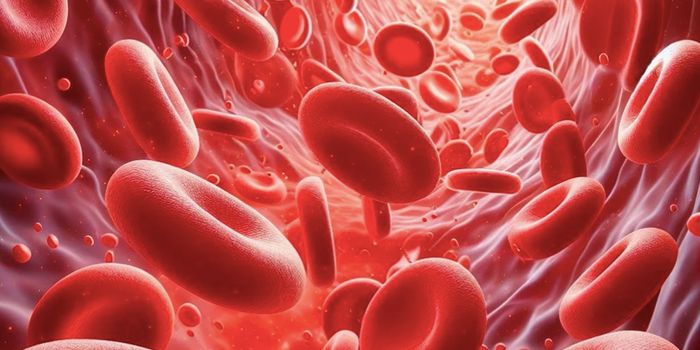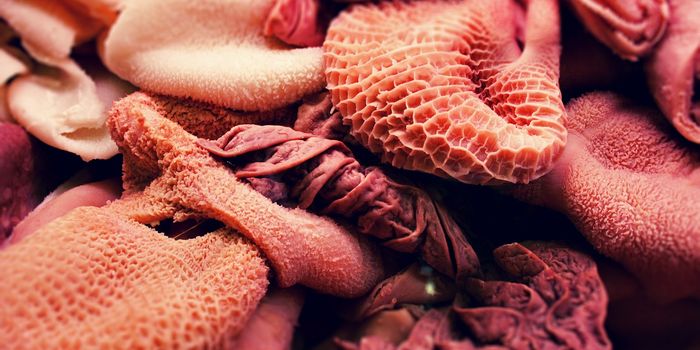New Insights Into Parkinson's Pathology & A Drug Candidate
Over six million people have Parkinson's disease, and more are diagnosed every day. The neurodegenerative disease is characterized by aberrant proteins, which form thread-like filaments that clump together, called alpha-synuclein fibrils. It's thought that these fibrils can damage neurons. Scientists have now determined that lipids can attach to those fibrils, and that alters how synuclein proteins are arranged in the fibrils. A drug called anle138b was also found to bind to a hole inside these lipidic fibrils. This work may open new diagnostic and treatment options for Parkinson's disease. The findings have been reported in two Nature Communications publications.
Parkinson's patients may have muscle stiffness and movement difficulties. Depression and cognitive problems may also occur, and the disorder gets worse over time. Alpha-synuclein fibrils that are found in inclusion bodies are considered a hallmark of several neurodegenerative diseases including Parkinson’s, multiple system atrophy, and Lewy body dementia.
Normally, the alpha-synuclein protein helps control neurotransmitter release; it can bind to the membrane of neurons, and it is crucial to the transport of vesicles, which often contain critical signaling molecules. When alpha-synuclein is not properly folded, it can stack into the fibrils that are seen in Parkinson's, which also form larger aggregates.
But it seems that lipids can also interact with misfolded alpha-synucleins, noted Gunnar Schröder, a group leader at Forschungszentrum Jülich and professor at Heinrich Heine University Düsseldorf.
"It has long been suspected that interactions between lipids and misfolded alpha-synuclein proteins could play a role in the development of Parkinson's disease. But so far, we know very little about this relation," added Bert de Groot, a research group leader at the Göttingen Max Planck Institute (MPI) for Multidisciplinary Sciences.
With cryo-electron microscopy, the researchers were able to see lipid molecules bound to fibrils, and how they connected. Additional computational work and nuclear magnetic resonance spectroscopy, revealed how the lipids and proteins interact in fibrils. This showed that some totally new fibrils were forming when lipids were present.
"Our findings underline that we need to study alpha-synuclein fibrils also in the presence of lipids if we want to understand the molecular basis of alpha-synuclein related pathologies," noted Griesinger.
A drug candidate known as anle138b can bind to lipidic alpha-synuclein structures as well, by attaching to tubular cavities inside the lipidic fibril, added Loren Andreas, research group leader at the MPI. "We also find such cavities in other proteins that misfold and are associated with neurodegenerative diseases, for example the tau and the prion protein. The exciting question for us now is whether anle138b attaches there in a similar way and could therefore also provide a diagnostic and therapeutic approach for such diseases."
Anle138b, developed in 2013 by Griesinger and colleagues, was shown to successfully delay neurodegneration in a Parkinson's disease mouse model. A clinical phase I study indicated that it is safe for humans, and additional clinical trials are planned.
Sources: Max-Planck-Institut für Multidisziplinäre Naturwissenschaften, Frieg et al Nature Communications 2022, Antonschmidt et al Nature Communications 2022









